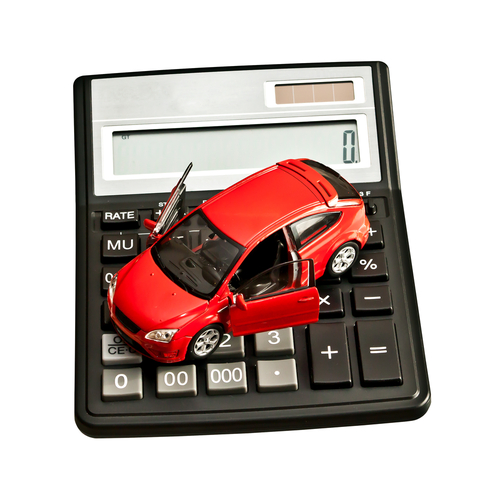One of the on road costs that needs to be considered when purchasing a new or used vehicle in Australia is stamp duty. Find out what it is, how it is calculated and what it will cost you from state to state.
What is stamp duty?
Stamp duty is a tax imposed by state and territory governments on the sale of all new and used motor vehicles. It applies when a new vehicle is first registered and also when transferring registration after selling a used vehicle. In both cases, it is the purchaser who picks up the tab.
The rate of duty is calculated on a sliding scale, based on the dutiable value of a vehicle. The dutiable value of a new vehicle is the list price plus GST and luxury car tax if applicable. The dutiable value of a used vehicle is the purchase price or the market value, whichever is the greater amount. The more expensive the vehicle, the more duty that must be paid by the purchaser.
State by state breakdown
The amount of motor vehicle stamp duty charged varies from state to state and depends on the cost of the vehicle and in some states, what its green rating is as well. The following is a breakdown of stamp duty charges in each Australian state and territory.
- Victoria: $6 for every $200 of value for new passenger cars costing up to $59,133 and $10 for those costing more than $59,133. $5 for every $200 of value for new non-passenger cars and $8 for every $200 of value for used cars.
- New South Wales: $3 for every $100 of value for all vehicles up to $45,000 and $1,350 plus $5 for every $100 of value above $45,000.
- Queensland: $2 for every $100 of value for all electric and hybrid vehicles. $3 for every $100 of value for 1 to 4 cylinder or 2 rotor vehicles. $3.50 for every $100 of value for 5 or 6 cylinder or 3 rotor vehicles. $4 for every $100 of value for vehicles with 7 or more cylinders.
- South Australia: $1 for every $100 of value for vehicles up to $1,000. $10 plus $2 for every $100 of value between $1,000 and $2,000. $30 plus $3 for every $100 of value between $2,000 and $3,000. $60 plus $4 for every $100 of value over $3,000.
- Western Australia: 2.75% of dutiable value for vehicles up to $25,000. 2.75% of dutiable value plus a percentage based on a sliding scale for vehicles between $25,000 and $50,000. 6.5% of dutiable value for vehicles over $50,000.
- ACT: (based on 1 to 5-star green vehicle ratings). No duty payable for A rated vehicles. $2 for every $100 of value for B rated vehicles up to $45,000 and $900 plus $4 for every $100 of value over $45,000. $3 for every $100 of value for C rated vehicles up to $45,000 and $1,350 plus $5 for every $100 of value over $45,000. $4 for every $100 of value for D rated vehicles up to $45,000 and $1,800 plus $6 for every $100 of value over $45,000.
- Tasmania: $20 for vehicles up to $600. $3 for every $100 of value for vehicles between $600 and $35,000. $1,050 plus $11 for every $100 of value for vehicles between $35,000 and $40,000. $4 for every $100 of value for vehicles over $40,000.
- Northern Territory: $3 for every $100 of value for all vehicles, regardless of price.
Example of stamp duty
So, which state is cheaper as far as stamp duty is concerned? If you take a typical example of a new 6-cylinder Holden Commodore costing $45,000 and with a B green rating, the most expensive state to register it in would be Western Australia ($2,587.50) and the cheapest would be ACT ($900), with the other states and territories charging roughly similar amounts in between.
So, given the sizeable amount that stamp duty can add to a vehicle’s on road costs, it pays to take this tax into consideration when deciding what type of vehicle to buy, whether to buy new or used and how much you are willing to spend overall.

